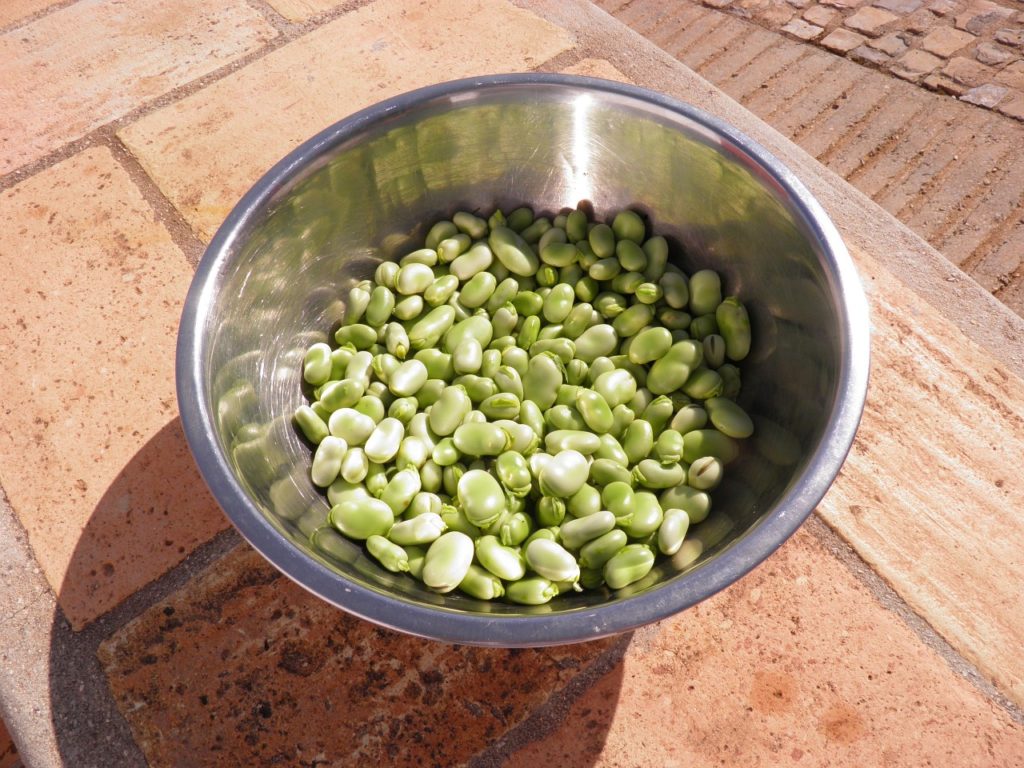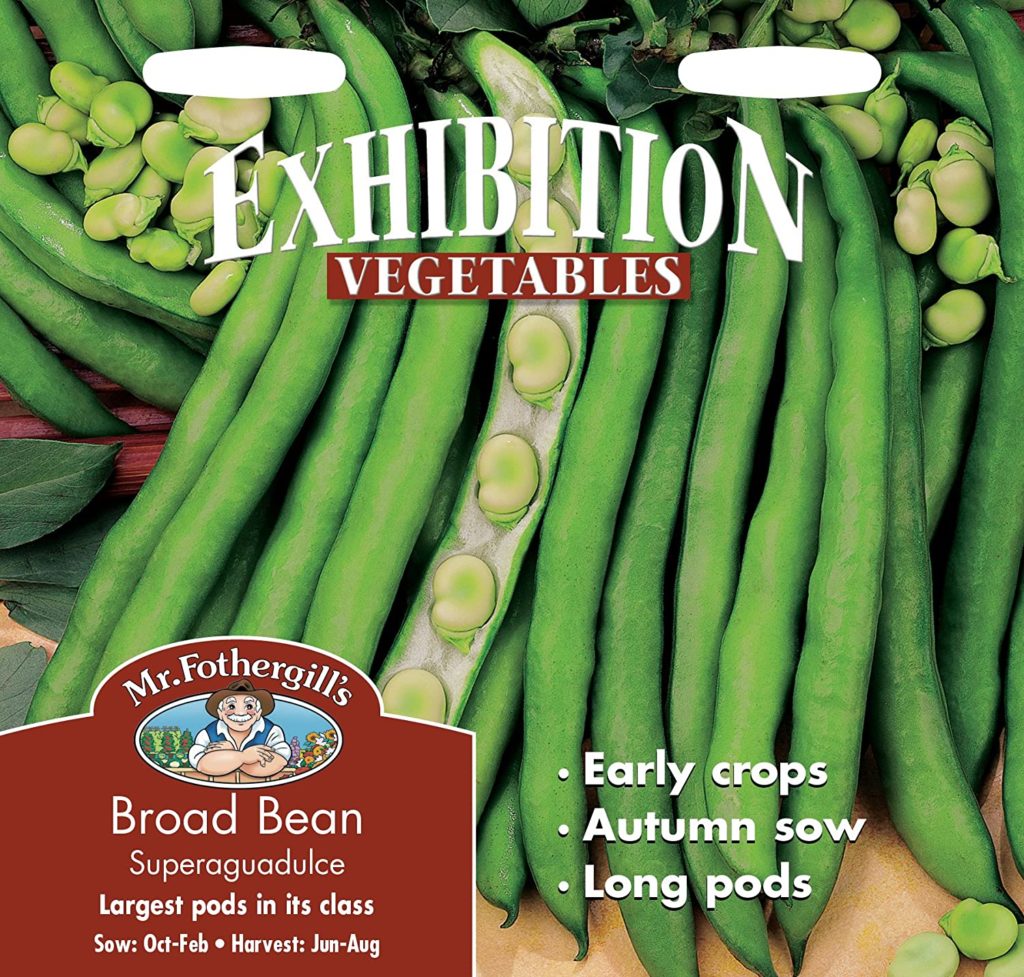Broad beans are a nutritious legume with a mild, nutty flavour. They are easy to grow and have a relatively short growing season. With some basic knowledge of soil preparation, sowing and harvesting techniques, you can enjoy a plentiful harvest of these delicious beans.
Broad beans are very nutritious, full of protein and vitamins. They are tasty when cooked in a variety of dishes or eaten raw in salads. You can also eat the fresh shoots of the broad bean plant.

Broad beans are a good cropper, so you get plenty of produce and they do not take up much space to grow them.
Planting Broad Beans
Broad beans will grow in most types of free draining garden soil. Some varieties are taller than others, so it is a good idea to choose a position that is protected from wind.
Broad beans can be sown in autumn and spring, sown directly into garden soil at the end of March, or approximately mid-October. However, some regions of the UK might not be warm enough for an autumn sowing. If you are sowing broad beans in autumn, the ground must be warm enough for the seeds to germinate, a minimum of 7͘°C. Using a cloche will help to keep the soil a degree or so warmer.
Make a hole that is 2 inches deep and just big enough to put in the seed. Cover it with soil, firm gently and give it a water.
The broad beans seeds should be spaced approximately 9 inches apart, although it can be less for less vigorous varieties.
Broad beans can also be sown in pots. It is important that the pots are kept somewhere cool, otherwise the seed will not germinate. Outside is best. Once they are 3-4 inches tall, they can be planted out into the garden.
Caring for Broad Bean Plants
For taller varieties of broad bean, supports are needed as the plant grows. Push some strong wooden steaks/posts into the soil around the outside edges of where you have planted your seeds. As the plants grow, twine can be put around the steaks to help support them as they grow. Shorter varieties do not need supporting.
As the pods begin to develop, pinch out the tips of the plant so it can put more energy into growing the beans, rather than leafy growth.
Harvesting and Storing Broad Beans
When the pods are plump and swollen but still dark green in colour, they are ready for harvesting. Gently twist each pod away from the stem and place them in a basket or tray to take inside for shelling. Once shelled, broad beans should be cooked quickly as they lose their sweetness after being exposed to air for too long. Add them to salads or serve them as part of your main meal – they make an excellent accompaniment to grilled meats and fish!
Fresh beans will keep for a week in the pods. If you have harvested older beans that have tough skins, blanch in hot water for 3-4 minutes. Once cooled, remove the skins before eating.
Broad beans freeze well, so if you have a good crop you can store them to enjoy throughout the winter.


